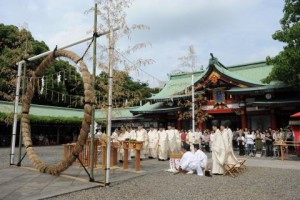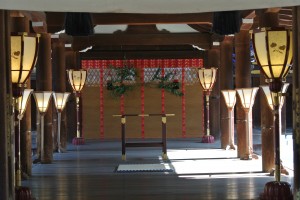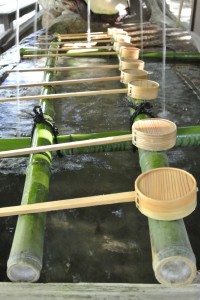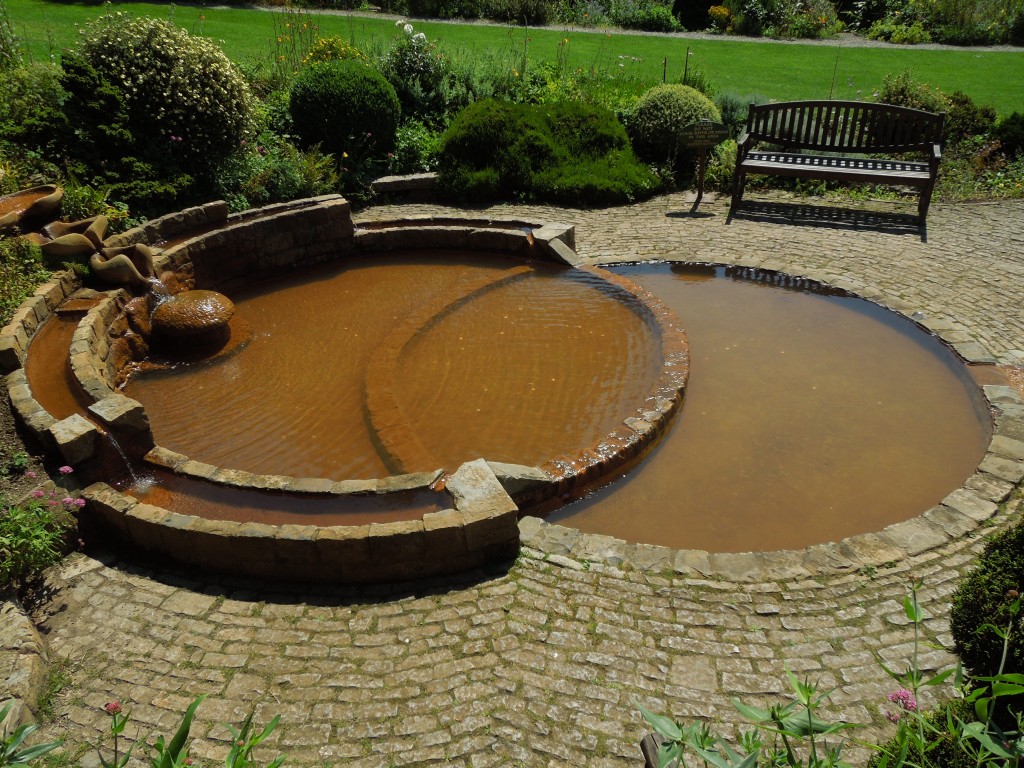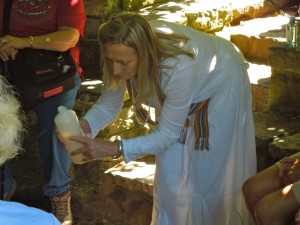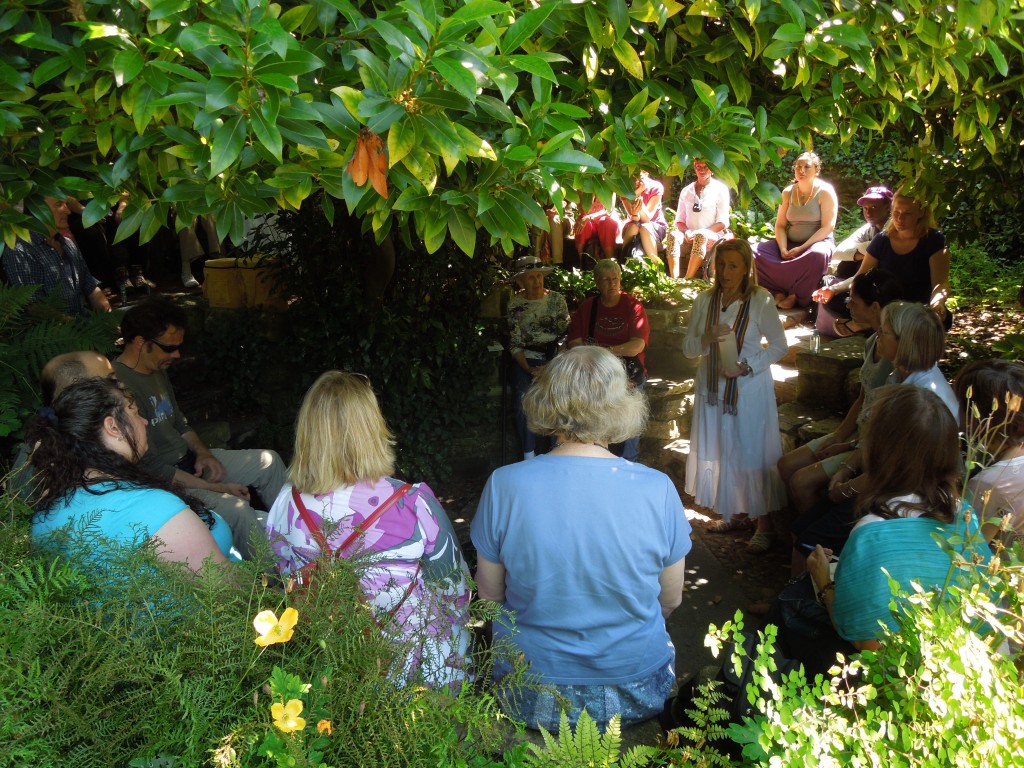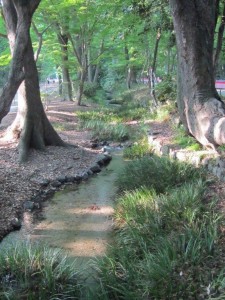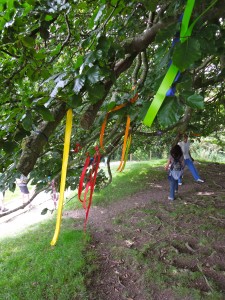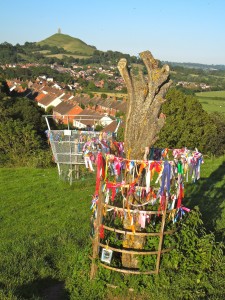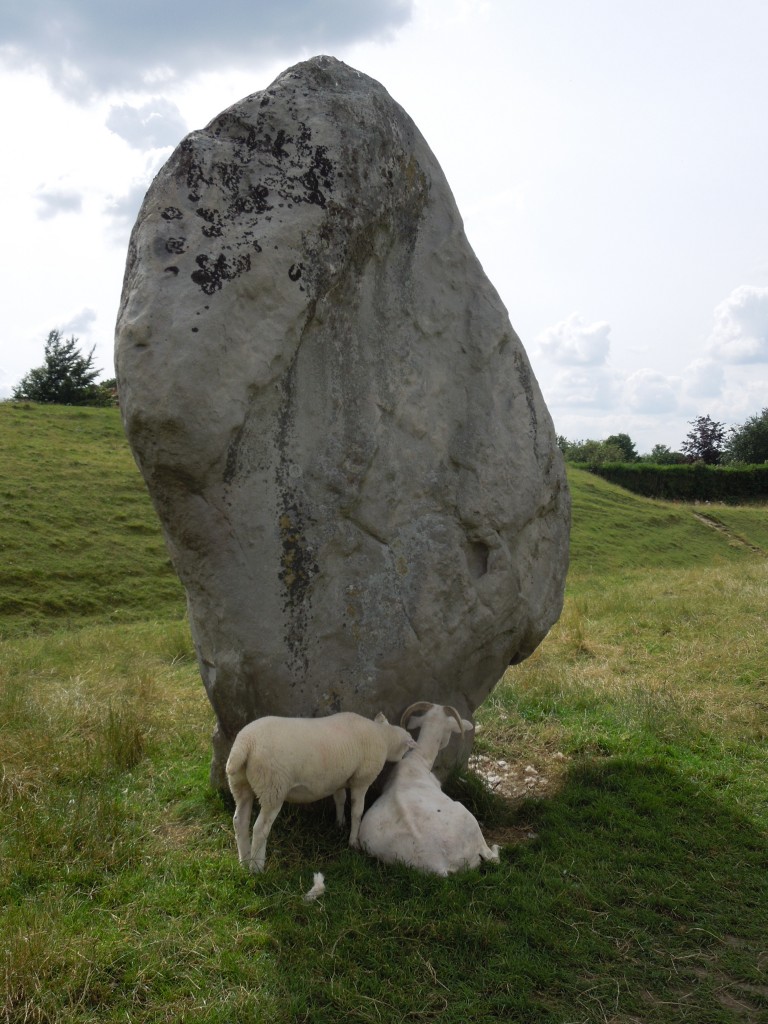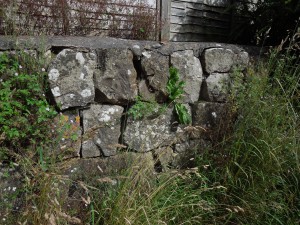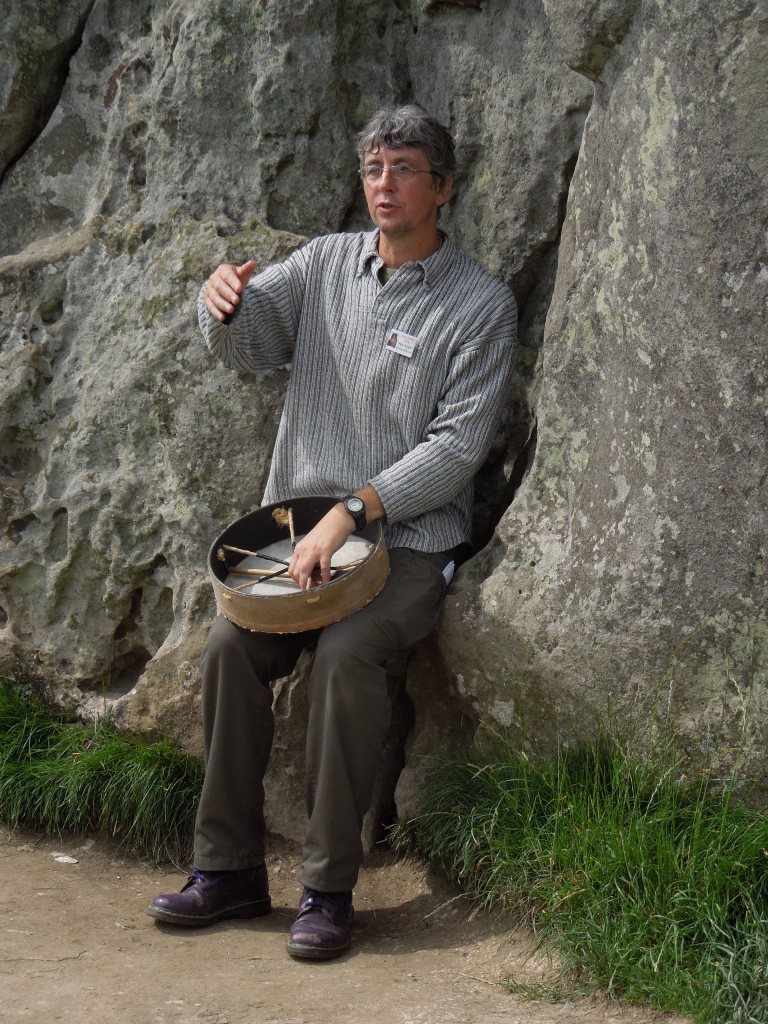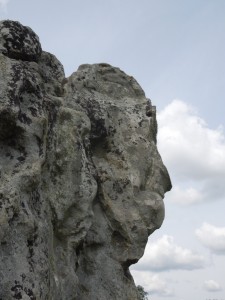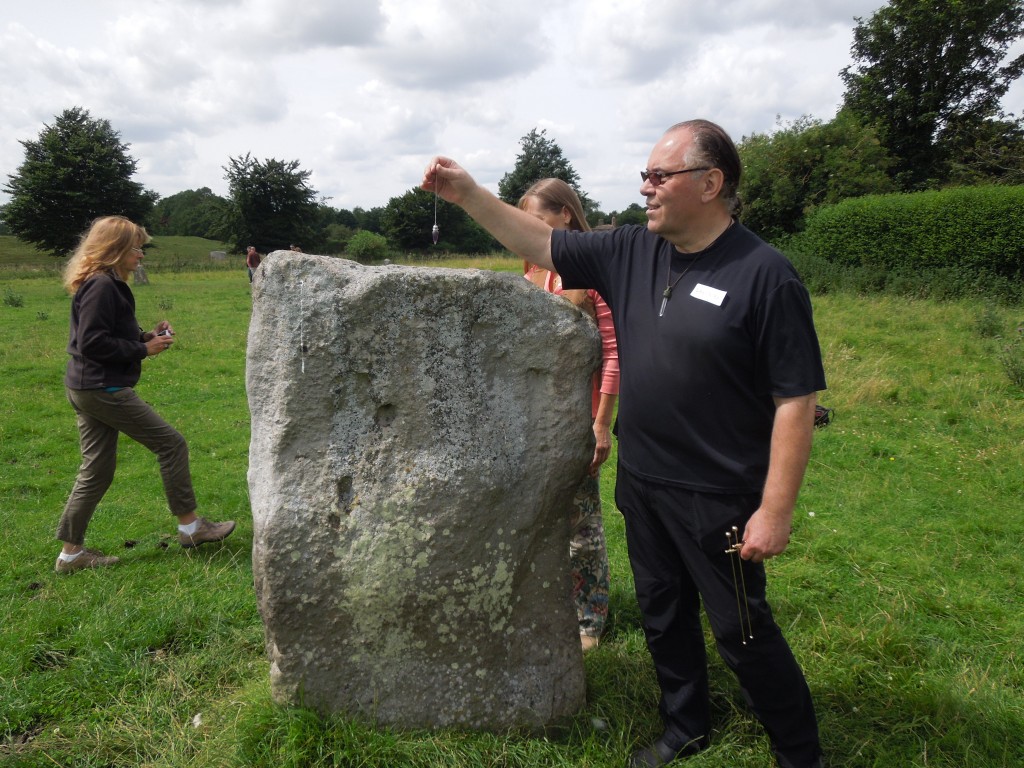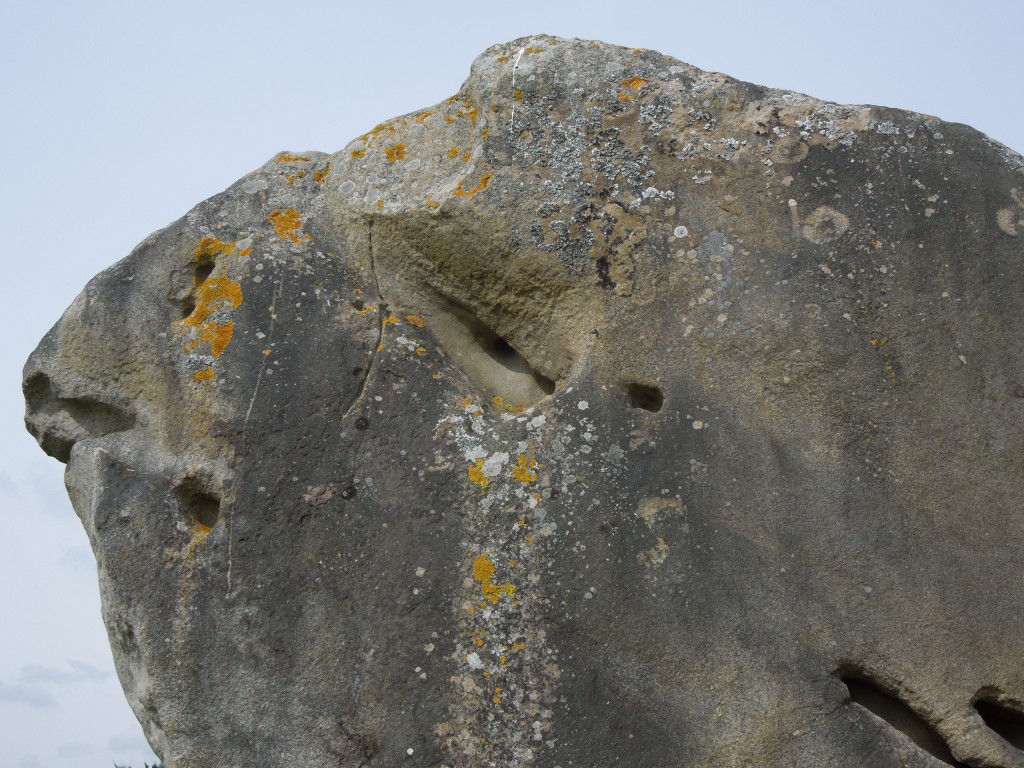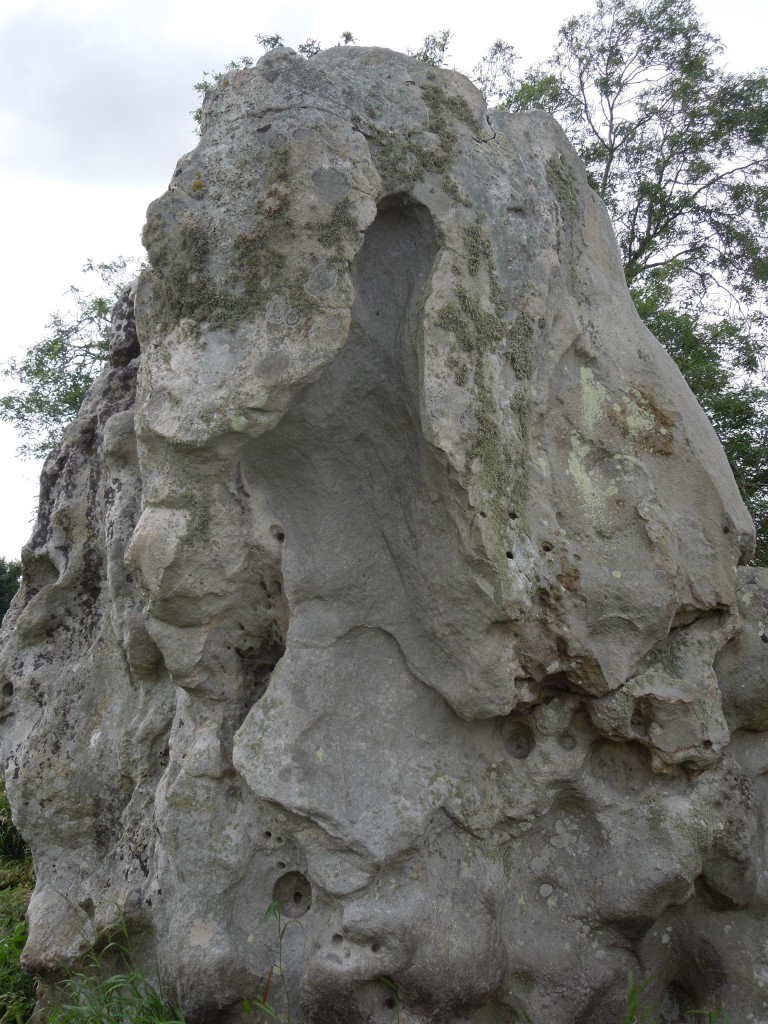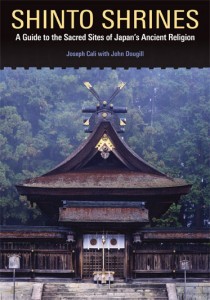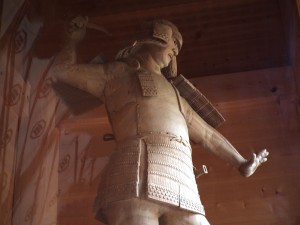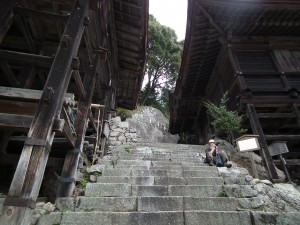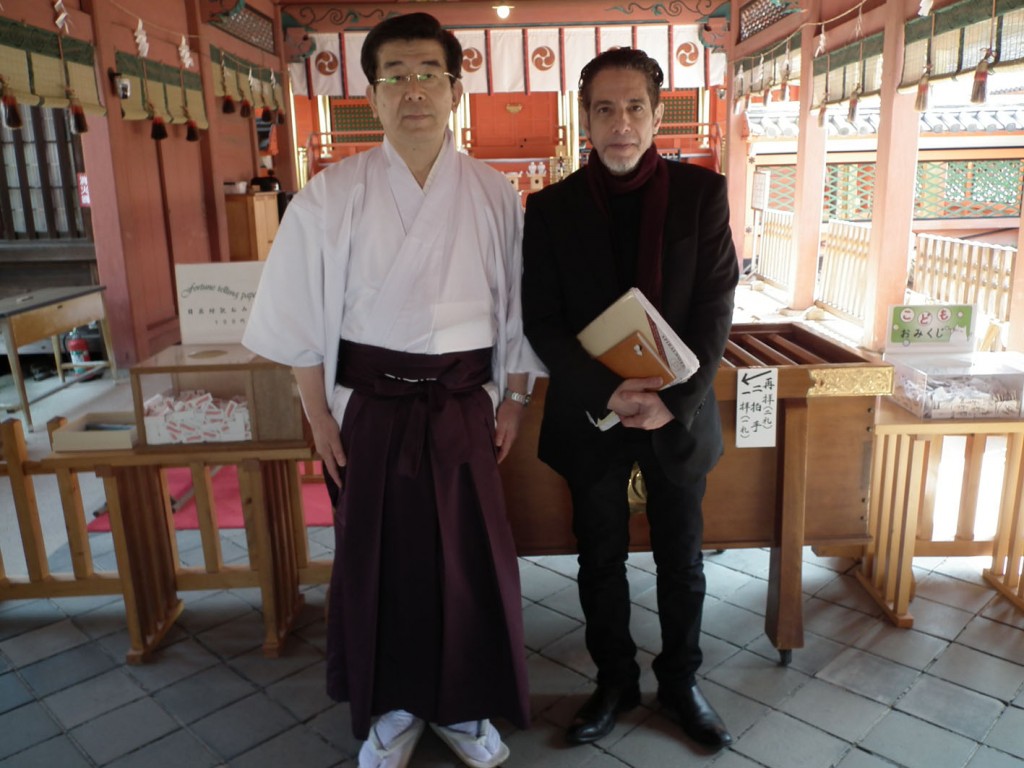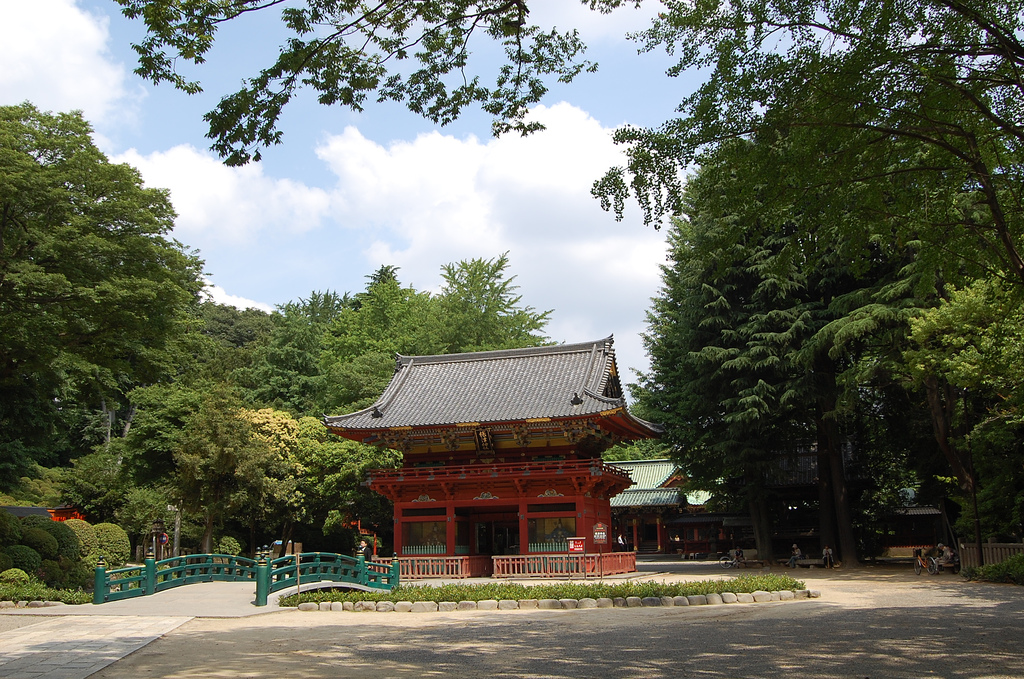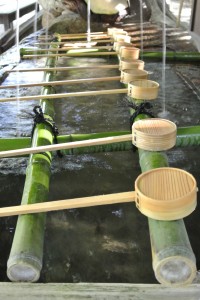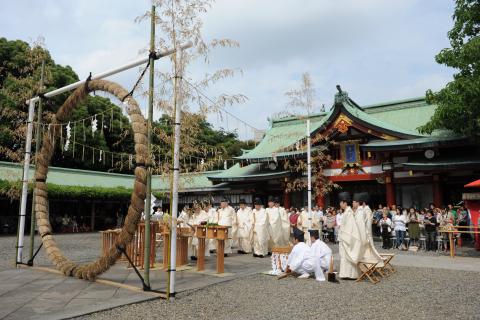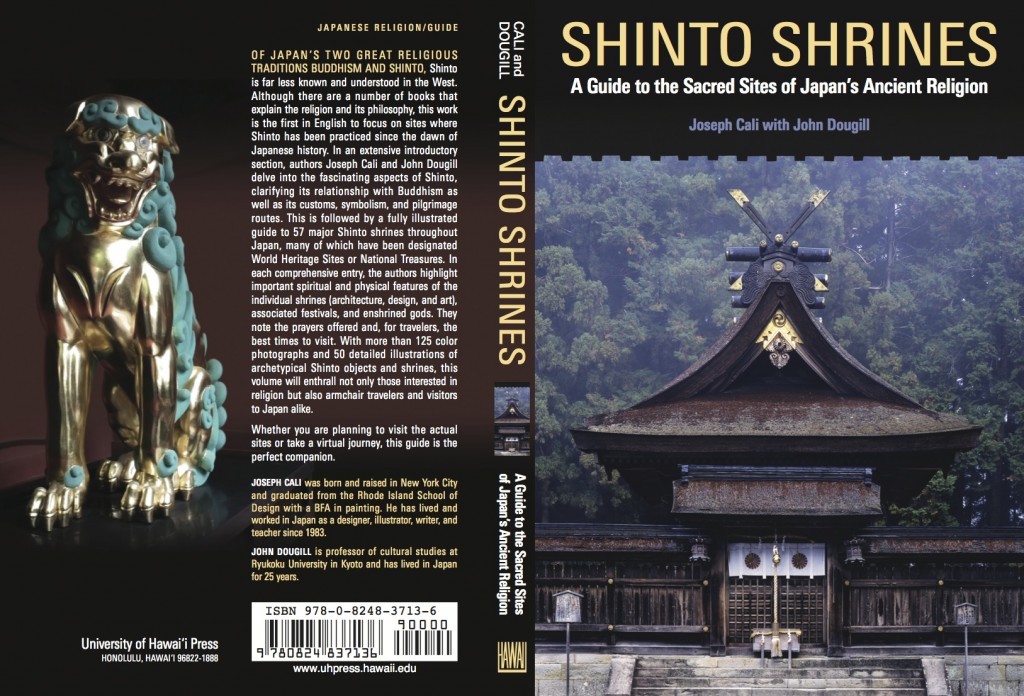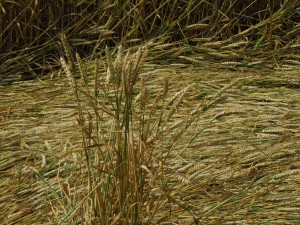
A lone sheaf left standing at the centre of a crop circle
Mystery circles
Yesterday I went on a crop circles tour which led me to reflect on the nature of intuition. The general feeling on my tour was that the number and complexity of crop formations mean that some if not most of them cannot be explained simply in terms of a hoax.
Not only do the circles appear with alacrity (microlite airplanes passing over the same spot have supposedly recorded their sudden appearance), but it’s said the intricacy of some designs would involve teams of humans working for days on end. There’s currently a large sum of money available for any team able to replicate the intricacies of one particular formation.
There are many who ascribe the circles to UFOs and claim that science can differentiate between the real circles and those that are man-made. It’s worth noting though that Wikipedia is sceptical: “While it is not known how all crop circles are formed, the most likely theory is that all of them were made by hoaxers.” Really? Even the Wikipedia site itself cites so many loose ends and oddities that personally I’m an agnostic.
Those with greater sensitivity than myself claim the circles give off a powerful energy: some feel it through meditation, some through dowsing, and some through unusual experiences. Amongst my coachload the camera of a Norwegian engineer sitting next to me malfunctioned, which I was able to verify for myself. Also a young Frenchman told me he felt pressure in his forehead when he entered the formation but it left when he exited. Such feelings are apparently common. For myself, I felt the kind of expansive peace and happiness that comes from basking in glorious sunshine in the midst of the English countryside.
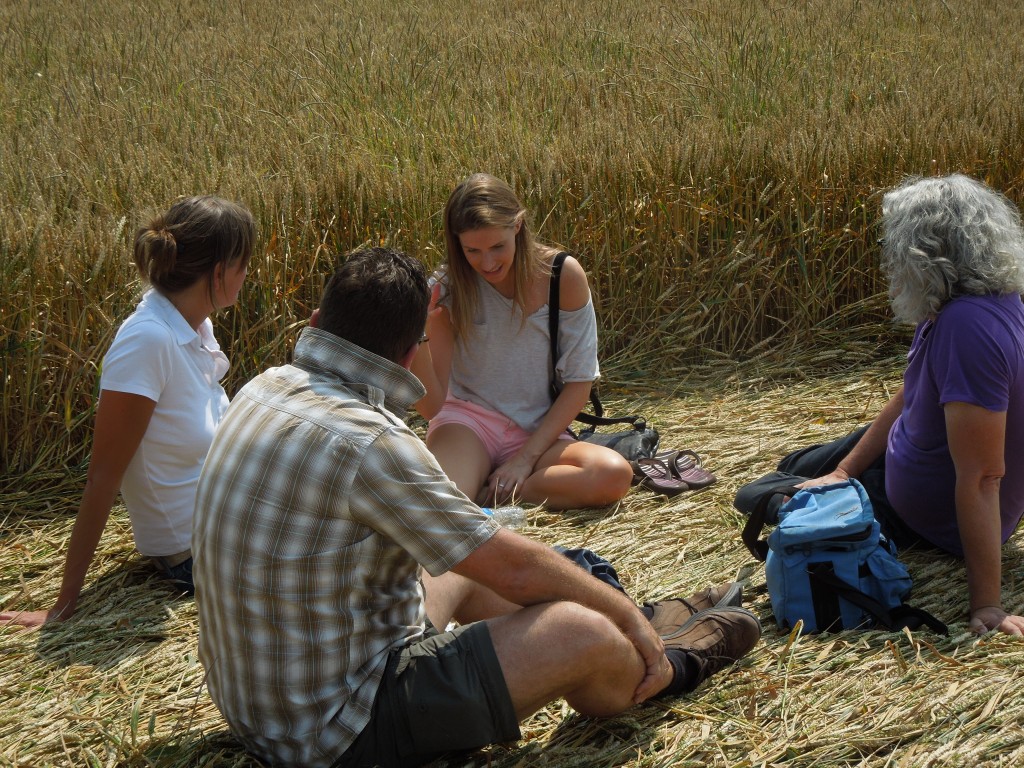
If nothing else, crop circles make for a stimulating and meaningful exchange of ideas with people drawn to them from all over the world.
Shinto nature
The whole issue of energy, vibration and intuition set me off thinking about the similarities with Shinto, which is often thought of as a religion of feeling rather than intellect. Indeed, the whole ‘we-Japanese-are-emotional-rather-than-rational’ strand in the culture seems to me to stem precisely from a Shintoesque view of the world. Small wonder then that interest in ‘mystery circles’ (as the crop circles are known) is particularly strong in Japan.
Not surprisingly for a primal religion, it’s the emotional rather than the intellectual viewpoint that Shinto privileges. It’s the nature of synthetic polytheism to accept contradictory truths, and this underlies the supposed contrast between a logical West and an East of higher truths.
I’ve often found my research running up against a non-existent wall in this regard. Is the kami in the shrine present in the goshintai (spirit body) the whole time, or does it arrive in the shrine only when requested by the priest at the beginning of rituals? When the kami is out at a festival in its mikoshi, can one pray to it at the shrine? Why do kami live in one particular rock and not another? Why doesn’t each separate rock have its own kami?
These are the kind of questions that drove medieval Christians crazy because they were obsessed with finding the one sole truth. But in terms of Shinto the questions seem ridiculous because they’re rooted in a rational reality. They’re simply not in the right dimension. Intuition not intellect governs the realm of the kami.
Dream, myth and meaning
The primary role of intuition helps explain why for Shinto and paganism alike dreams, ‘energy’ and shamanistic visions are all-important. They are gateways to the invisible world. Feeling the presence of dead ancestors and sensing the spirit of place underlies both religions.
If you go by the number of Shinto shrines in Japan, then Hachiman, Inari and Tenjin are the country’s three most prevalent deities. Hachiman owes his fame to having appeared in the vision of a shamanistic oracle at Usa. Inari began with a member of the Hata clan shooting arrows at a rice cake which shape-shifted into a white egret. And Tenjin is the vengeful spirit of exiled politician Sugiwara no Michizane (845-903), who was identified in a dream by a Kyoto woman as causing disasters in the capital. Clearly there’s not much point in looking for logic here.
Similarly, Shinto puts much store on the kind of ‘energy’ that New Agers like to talk about. Words have vibrations that resonate with the cosmos (kotodama). Misogi (water asceticism) is good for spiritual cleansing. Participation in festivals will bring blessings and harmony to the community. The meaning of all this is simply a belief that something exists outside the mechanical world, something that Arthur Koestler called The Ghost in the Machine.
Meanwhile, I’m still puzzled by those crop circles. But perhaps there are some things in this world that are simply meant to be left a mystery!
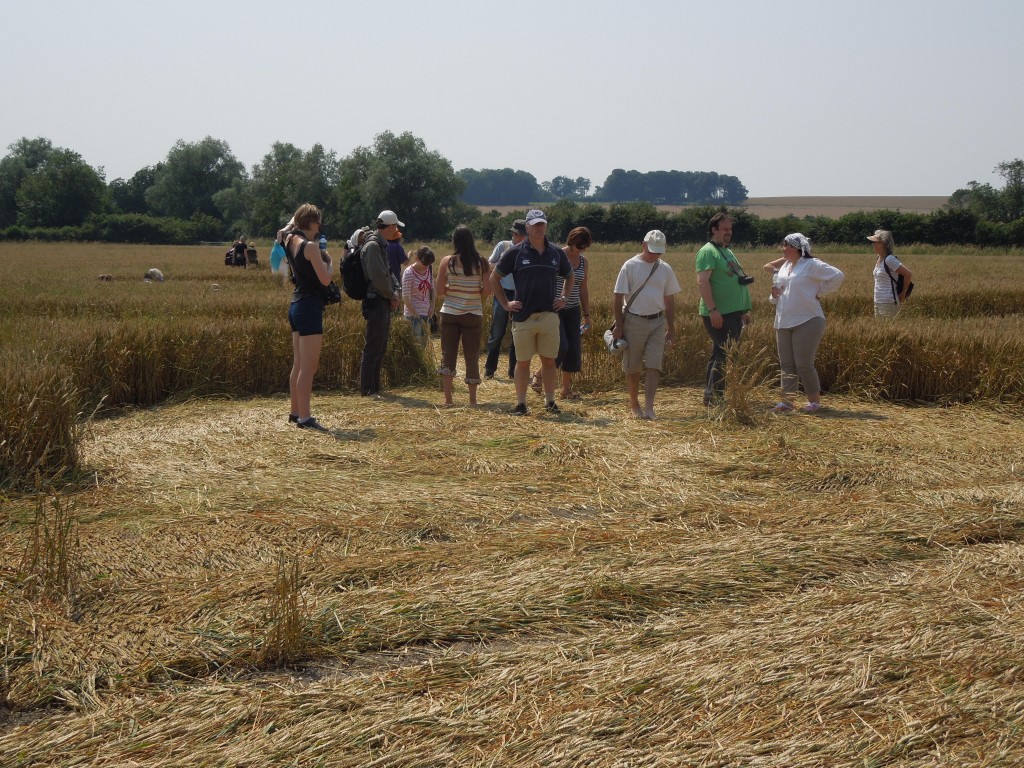
Puzzling over a crop circle: who or what made it? How? Why?

